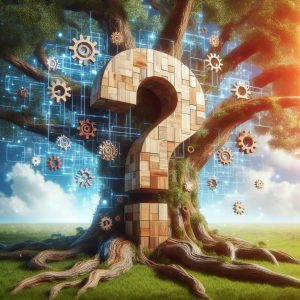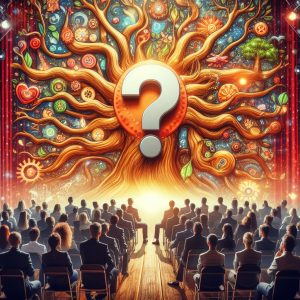Gender: understanding the complexities of identity
Gender, a term often used in discussions about identity and society, is a multifaceted concept that goes beyond biological distinctions.
It encompasses the roles, behaviors, and expectations that societies assign to individuals based on their perceived sex. Understanding gender involves delving into its complexities, which extend beyond mere categorization into male and female. Let’s explore what gender truly means in contemporary discourse.
What is gender?
Gender refers to the socially constructed roles, behaviors, expressions, and identities associated with being male, female, or beyond the traditional binary classification. Unlike sex, which is based on biological characteristics such as anatomy and chromosomes, gender is a spectrum that includes a diverse range of identities and experiences.
The gender spectrum
The gender spectrum acknowledges that gender identity exists beyond the binary framework of male and female. It includes identities such as transgender, non-binary, genderqueer, and genderfluid, among others. Each individual’s experience of gender is unique and may not necessarily align with societal expectations based on their assigned sex at birth.
Gender identity vs. gender expression
Gender identity refers to an individual’s internal sense of their gender, which may or may not correspond with the sex they were assigned at birth. Gender expression, on the other hand, involves the outward manifestation of one’s gender identity through clothing, behavior, mannerisms, and other aspects of presentation.
Social construction of gender
Gender is a product of socialization, cultural norms, and historical context. From an early age, individuals are taught societal expectations associated with their perceived gender, influencing their behavior, interests, and roles within society. These gender norms vary across cultures and can change over time.
Gender roles and expectations
Traditional gender roles dictate expected behaviors, occupations, and responsibilities based on perceived gender. For example, men are often expected to be assertive, independent, and the primary breadwinners, while women are encouraged to be nurturing, empathetic, and focused on domestic duties. However, these stereotypes limit individual expression and perpetuate inequality.
Gender and intersectionality
Gender intersects with other aspects of identity, such as race, ethnicity, sexual orientation, socioeconomic status, and ability. Intersectionality recognizes that individuals experience multiple forms of discrimination and privilege based on the intersections of these identities. For example, transgender people of color may face unique challenges related to both their gender identity and racial identity.
Challenges and discrimination
Despite progress in understanding gender diversity, discrimination and stigma against non-conforming gender identities persist. Transgender and gender non-binary individuals often face barriers in accessing healthcare, employment, housing, and legal recognition. They are also at a higher risk of violence, harassment, and mental health issues due to societal prejudice and lack of acceptance.
Advocacy and awareness
Advocates and activists worldwide are working to promote gender equality, challenge gender stereotypes, and create inclusive spaces for all gender identities. This includes advocating for legal protections, comprehensive healthcare services, and educational initiatives that promote understanding and acceptance of gender diversity.
In conclusion, gender is a complex and multifaceted aspect of identity that extends beyond biological determinants. It encompasses a diverse spectrum of identities, expressions, and experiences that are shaped by social, cultural, and historical factors. Recognizing and respecting gender diversity is essential for building a more inclusive and equitable society where all individuals can thrive regardless of their gender identity. Embracing gender diversity enriches our understanding of human experiences and fosters a more just and compassionate world.




